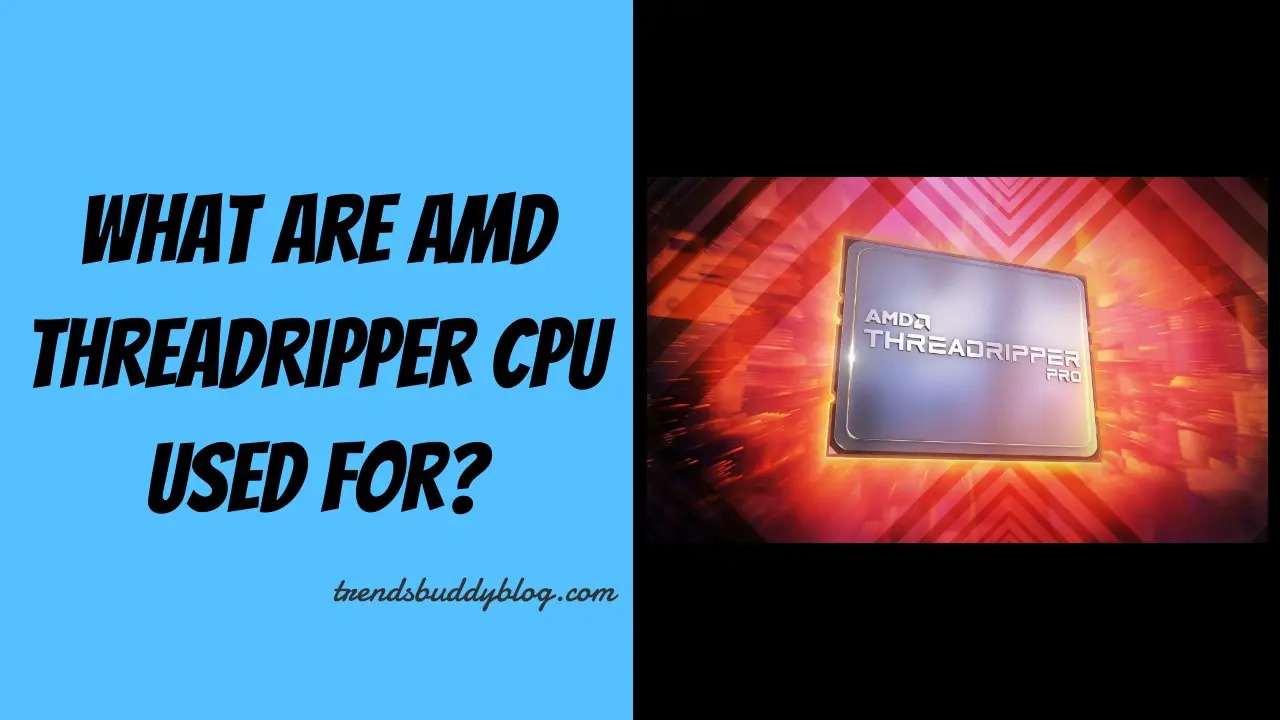Due to their performance, AMD Threadripper CPUs are the best choice for tasks such as animation graphics, coding and gaming at the highest level. In this blog we’ll go over the features of Threadripper CPUs can do, as well as how they differ in comparison to others AMD processors, examine their most important features and advantages they provide and discuss the most popular applications. At the end of this article you’ll have an extensive knowledge of what AMD Threadripper CPUs bring to your work and workflow.
What are AMD Threadripper CPUs?
AMD Threadripper CPUs are a collection of processors that are part to the AMD Ryzen series, which is the flagship product of the company line of laptop and desktop computers. AMD Ryzen processors built of the Zen architecture which is a set of technologies that increase efficiency, performance and scaling capabilities of AMD processors. AMD Threadripper processors have among the strongest and the most sophisticated member of the Ryzen family, with the most cores, threads and caches, and memory bandwidth in all AMD processors.
Threads and cores are fundamental units of power within the CPU. A core is a physical component of the CPU which can perform tasks, whereas threads are a conceptual component of the CPU that can execute a program, or task. The more threads and cores a CPU can have the more applications and tasks it is able to run at once, which boosts the overall performance and speed that the processor can provide. AMD Threadripper CPUs can have up to 96 cores and 192 threads which is more than the typical CPU on the market.
Cache memory can be described as a compact and speedy kind of memory that is located within a CPU, which stores frequently-used data and instructions. It eliminates the requirement to access slow system memory (RAM) which is farther far away, and is slower to get there. When the more L3 cache (the most powerful and important kind for overall efficiency) can be added a CPU, it’s efficiency and performance increase drastically. AMD Threadripper CPUs have up to 299 millibytes of L3 cache which is significantly more than the majority of other competitors on their market.
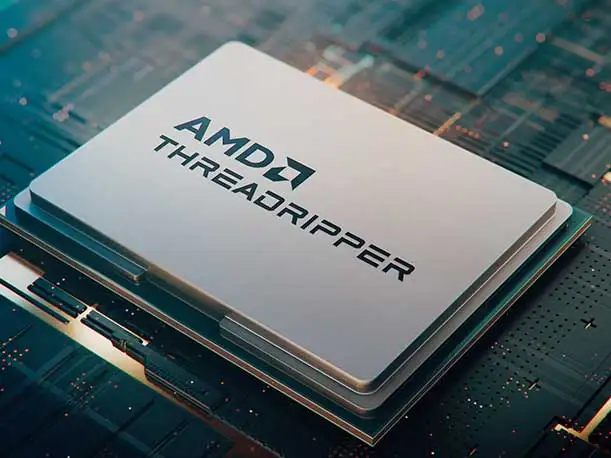
Memory bandwidth is the speed that a CPU moves information between its memory system (RAM) as well as other components that comprise the computer, such as other storage devices. It is a significant contributor to the overall performance of CPUs and efficiency, allowing more efficient access to and processing of huge quantities of information. AMD Threadripper CPUs can support up to 8 channels of memory modules, which allows them to have access to up two TB RAM. This increases capacity, bandwidth as well as overall efficiency when compared to standard market CPUs.
How do AMD Threadripper CPUs differ from other AMD processors?
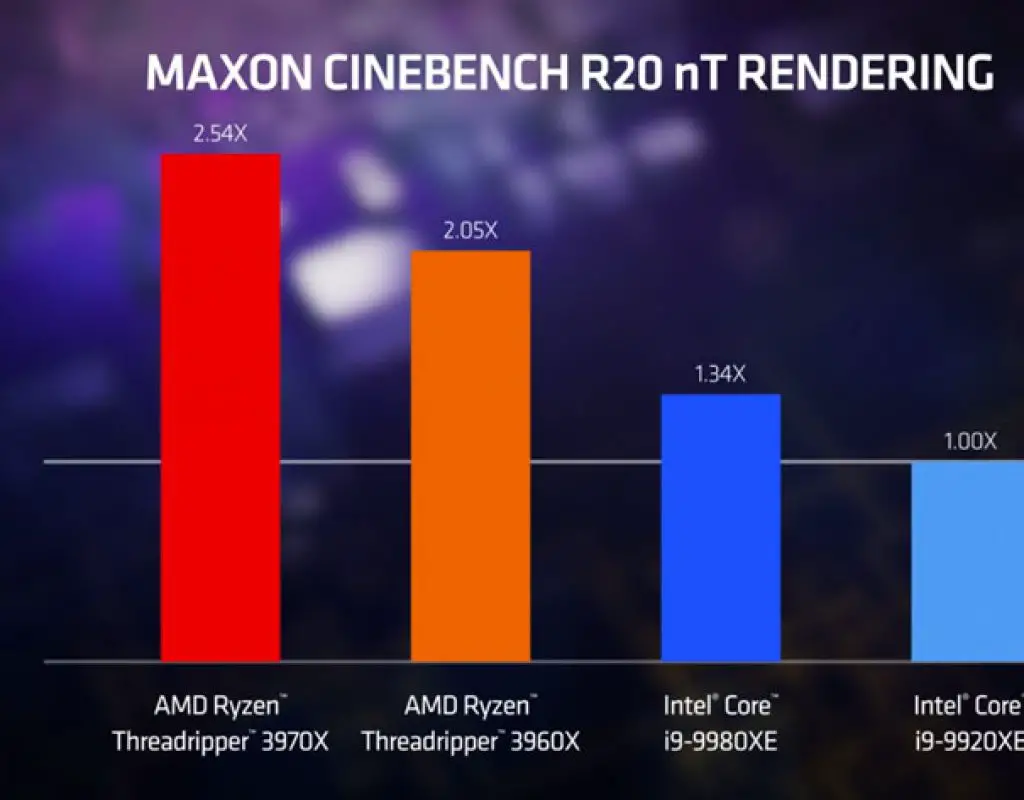
AMD Threadripper CPUs differ than the other AMD processors in many ways. First, they use an exclusive threadripper socket and chipset; these components connect directly with each other rather than sharing components like AM4 sockets and X570 chipsets commonly found among Ryzen CPUs. AMD Threadripper processors employ the sWRX8 socket with its proprietary WRX90 chipset exclusively designed for their threadripper series which offers more features and expandability compared to traditional AMD systems with AM4 socket and X570 chipset used on most Ryzen processors.
Second, AMD Threadripper processors offer more PCIe lanes than standard Ryzen processors. PCIe lanes serve as physical connections that enable the CPU to communicate with devices connected to its motherboard such as graphics cards, storage drives and network cards – so more lanes mean more devices it can support faster data transfers between them – leading to improved overall performance and functionality in general. AMD Threadripper CPUs typically offer up to 148 lanes, far surpassing most Ryzen CPUs which typically offer 40. Additionally, most AMD Threadripper CPUs support PCIe 5.0 as opposed to most Ryzen processors which support PCIe 4.0 standards; many Ryzen CPUs do not support PCIe 5.0 standard!
Third, they include more features for PRO than regular Ryzen processors. PRO features are a collection of technologies that increase the security, manageability and the reliability of AMD processors designed for professionals as well as business-related users. The PRO features AMD Threadripper CPUs come with include:
- AMD PRO Security: It gives hardware-based protection against malware viruses and other threats by encrypting and securing sensitive information and programs from access by unauthorized persons.
- AMD PRO Manageability: It lets admins of IT remotely monitor, control and manage AMD systems employing industry-standard instruments and protocols.
- AMD PRO Reliability: It assures reliability and stability of AMD systems by utilizing rigorous testing and validation procedures in addition to offering long-term support and a warranty.
What are the main features and benefits of AMD Threadripper CPUs?
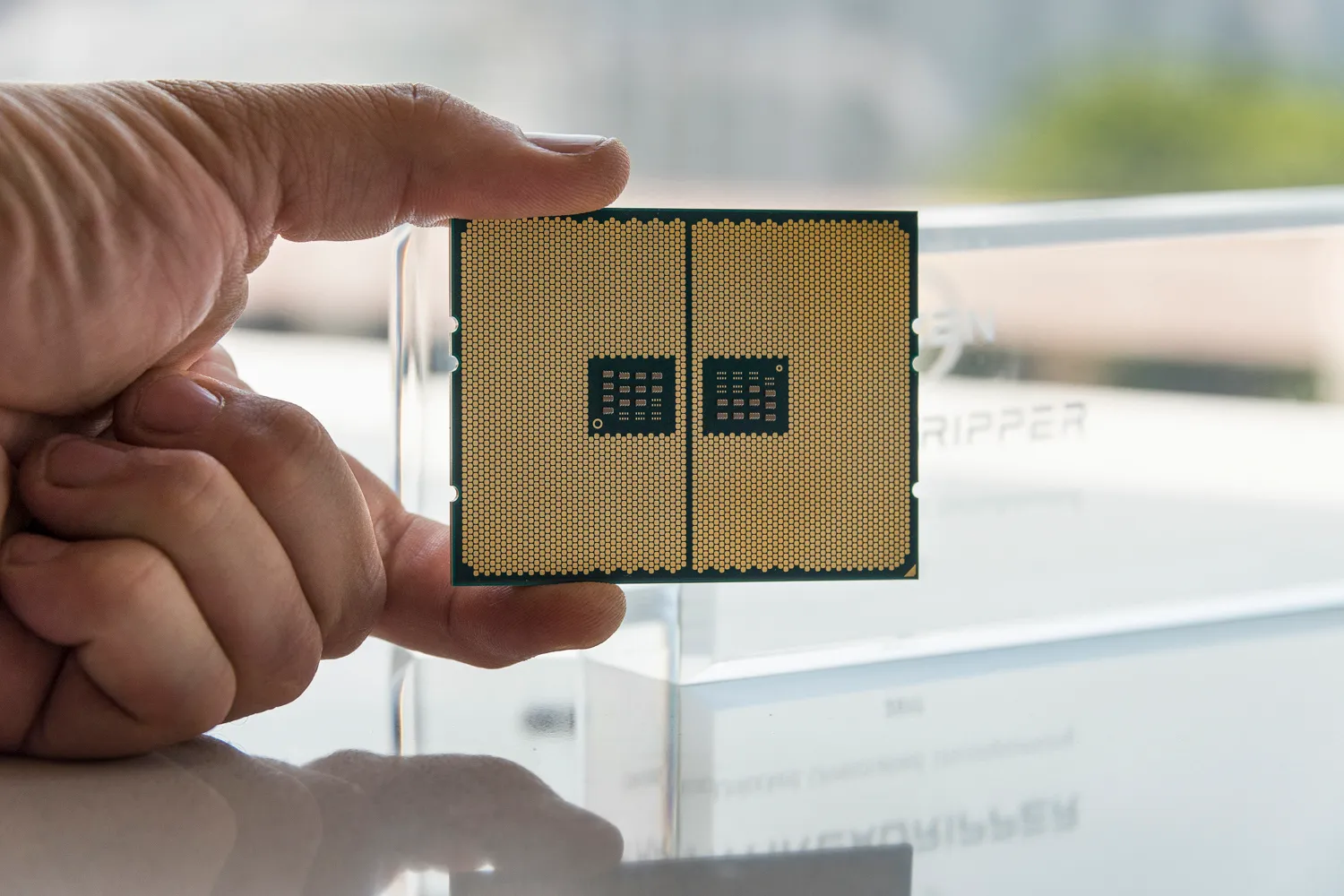
AMD Threadripper CPUs is a range of high-performance CPUs designed specifically for enthusiast and workstation users. They include the following benefits and features:
1. Higher core and thread counts: Threadripper CPUs boast an extraordinary number of cores 96 to 192 allowing them to simultaneously tackle numerous demanding tasks efficiently and quickly. Threadrippers are particularly well suited for applications requiring high speed performance such as video editing rendering simulation or engineering.
2. Higher clock speeds and large cache memory: Threadripper CPUs offer high boost and base frequencies of 2.5GHz to 5.1GHz for fast performance in light and single threaded applications. Furthermore, their L2 and cache memory capacities reach 384MB and 96MB respectively to further reduce latency and speed access to data.
3. Advanced AMD technologies: Threadripper CPUs utilize Zen 3 core architecture, providing greater speed, efficiency, and power management than its predecessor generation. Furthermore, Threadrippers utilize AMD Infinity Fabric interconnect for faster data transfers at reduced latency levels with greater bandwidth capacity allowing more efficient computing systems overall.
4. Workstation-class features: Threadripper CPUs support 8 channels of DDR5 memory, offering greater capacity, speed, and reliability compared to DDR4 memories. They are compatible with PCIe 5.0 which doubles bandwidth performance of PCIe 4.0 which enables faster connectivity to storage devices, graphics cards devices and peripherals; additionally they support AMD PRO technologies like AMD Secure Processor Memory Guard along with AMD PRO Manageability that provide improved security, encryption features and remote management features for workstation users.
Advantages and Disadvantages of AMD Threadripper CPUs
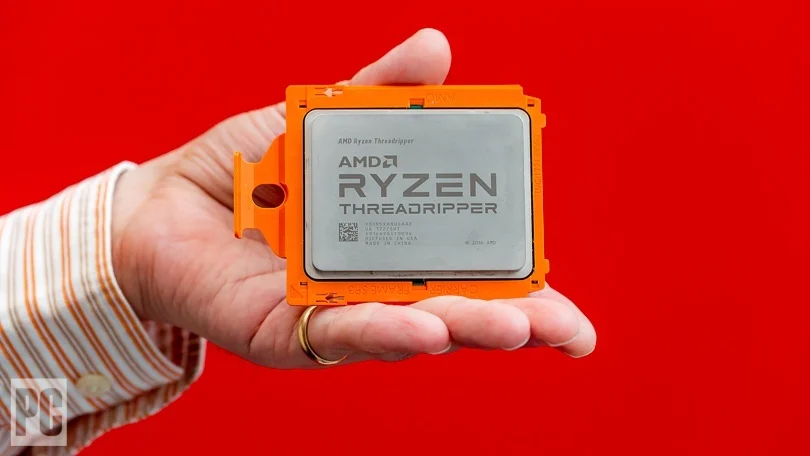
AMD Threadripper CPUs are high-performance desktop workstation processors designed by AMD specifically to address professional needs in video editing, 3D rendering, scientific computing and engineering. Although ideal for these uses, AMD Threadripper CPUs are also very costly and not optimized for gaming; here are some advantages and disadvantages of these CPUs:
Advantages:
- Multi-core CPUs that are powerful can provide outstanding multithread performance. This means they can handle multiple threads or processing concurrently.
- They are equipped with lots of PCIe lanes that allow users to link to different peripherals and devices without limiting the performance.
- They have a rapid memory support that allows them to access data swiftly and effectively.
- These AMD PCs offer extremely competitive prices, which makes them less expensive than their Intel counterparts.
- They can multi-task without slowing down, running multiple applications and programs simultaneously without any issue.
Disadvantages:
- These devices don’t excel at handling one task at a time, making them unsuitable for games or apps that require focused concentration on one thing at once.
- They consume a lot of power and consequently become hot, necessitating extra cooling measures.
- Certain motherboards and chipsets only support their unique design and features.
How to Connect Guitar Hero to Xbox 360



